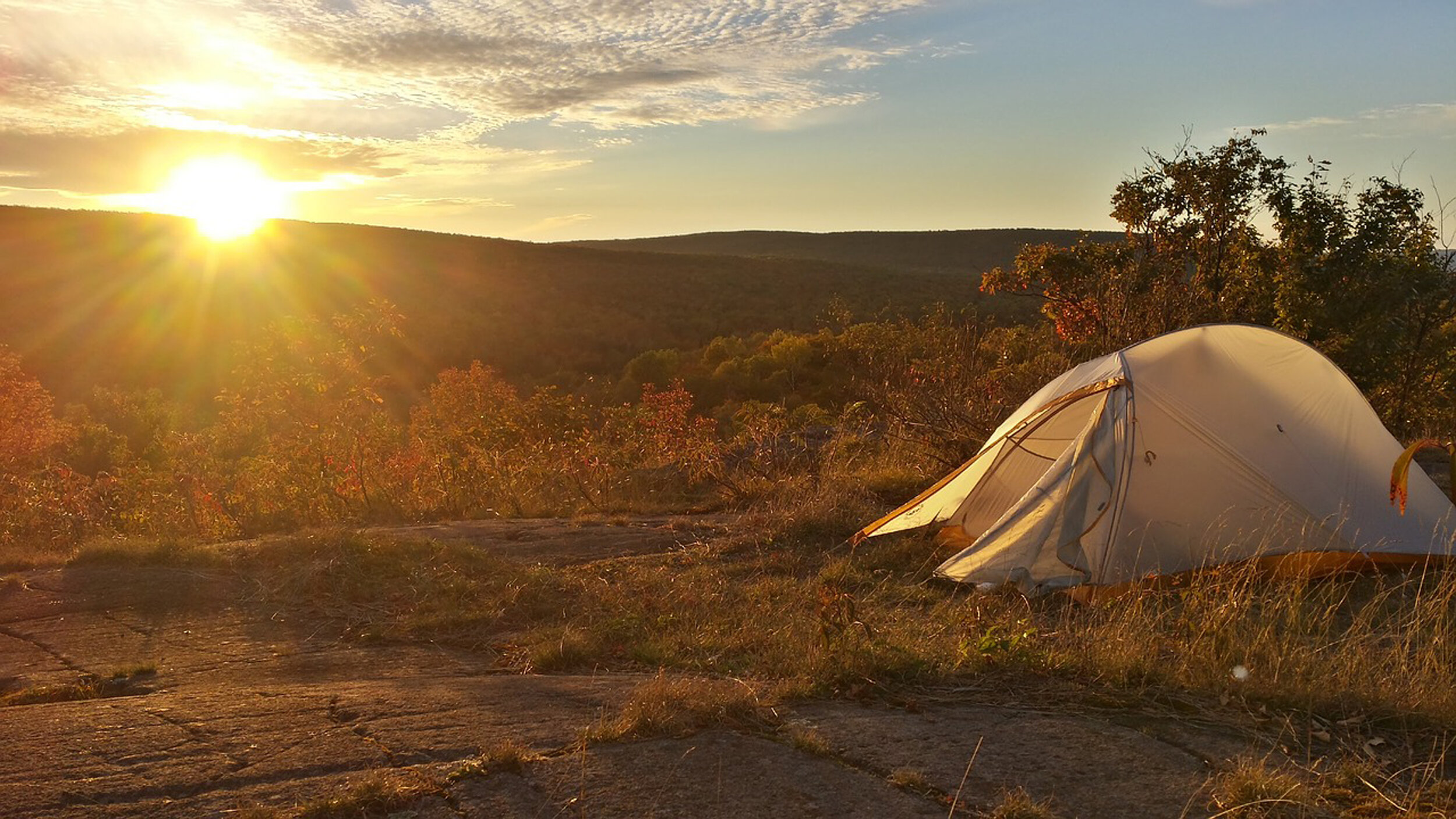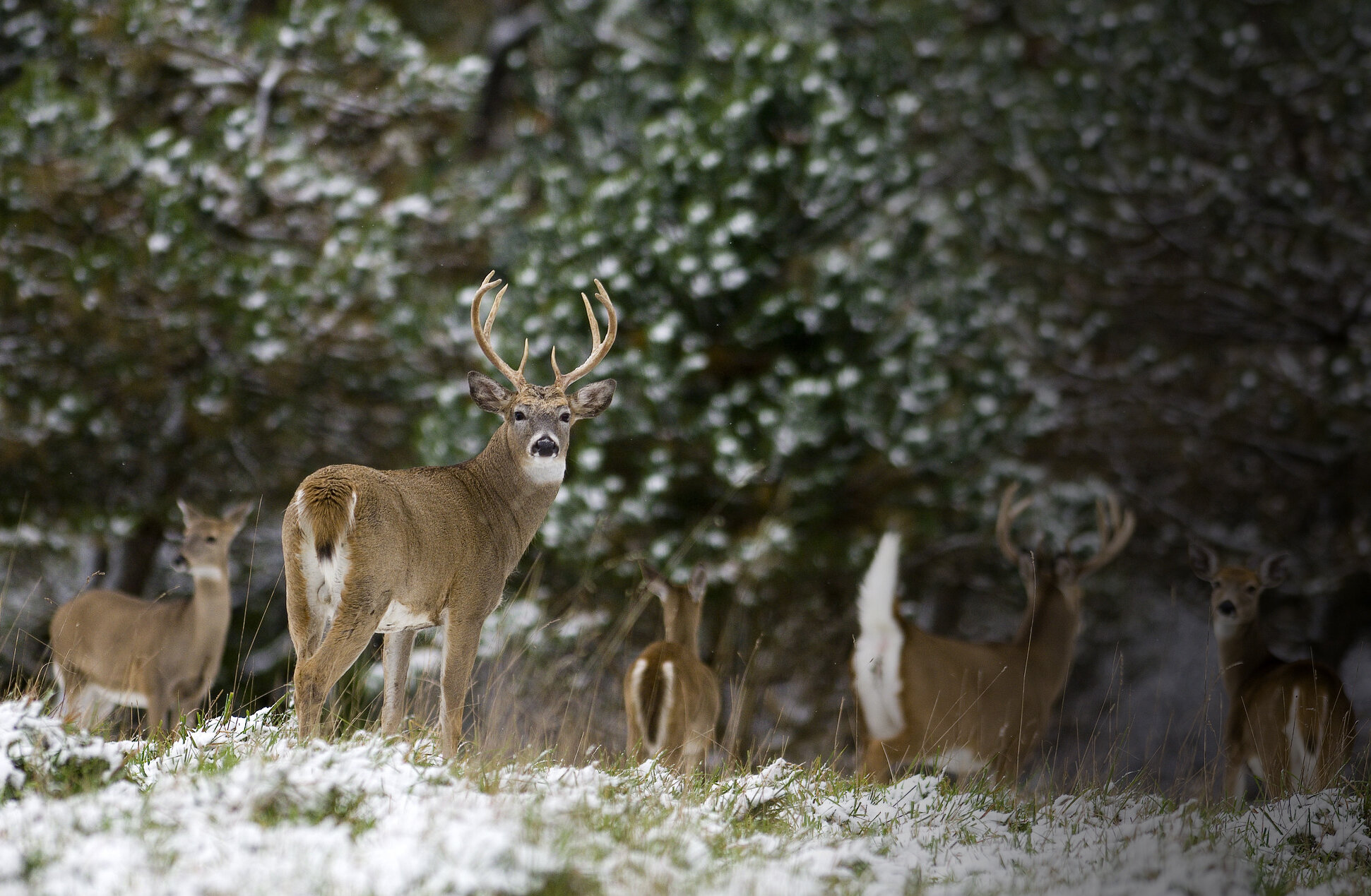
Expanding our Wilderness areas in the U.P. is a winner for all Michiganders.
Why Wilderness?
"As a student in the heart of the Keweenaw, I fully support expanding Wilderness in the Upper Peninsula. The best part of living in the U.P. is the easy access to the outdoors. I chose to study at Michigan Tech because it was one of the only schools that allowed me to be in a location where I could connect with nature easily."
Emily Bergman, Student, Michigan Tech
Wilderness designation protects areas to be enjoyed by humans as visitors, leaving no trace of their visits so as to preserve their primitive character.
By designating these four key areas that already lie within National Forest boundaries as Wilderness, we can ensure that these rare and beautiful places in the U.P. stay pristine for our use, enjoyment, and spiritual rejuvenation — both today and for generations to come.
$85/acre
annual benefits to the American public from Wilderness areas
171,000
Number of Michigan jobs created every year from hunting and fishing
$11.2 billion
annual revenue generated in Michigan from hunting and fishing
Wilderness is Good for Our Economy
Wilderness designation reaps $9.4 billion a year in benefits for the American public. That’s about $85 an acre. Those economic benefits are remarkably stable, even during times of economic downturn. Protecting these areas protects those benefits going forward.
We benefit when we preserve our lands. People seek and travel to places where they can hunt, fish, camp, ride horses, kayak, canoe, swim, ski, and snowshoe in peace and solitude.
Just take another Wilderness area in Michigan as an example. Eight of the nine highest-attendance years for Sleeping Bear Dunes National Lakeshore came after the creation of Sleeping Bear Dunes Wilderness in 2014. Wilderness designation doesn’t deter visitors, it attracts them, carving a special place for the outdoor experiences we need and giving rise to economic opportunities as a result.
Michigan ranks first among the Great Lakes states for jobs created from hunting and fishing-related purchases. This generates more than $11.2 billion annually for our state and more than 171,000 jobs.

Wilderness Preserves Biodiversity
Common species like beavers, black bears, white-tailed deer, and raccoons as well as rarer species like timber wolves, moose, peregrine falcons, northern goshawks, and wood turtles call these areas of the U.P. home.
So do a number of rare and endangered species of plants. Here too you'll find boreal and northern hardwood forests, cedar swamps, miles of trout streams and lichen-encrusted cliffs.




